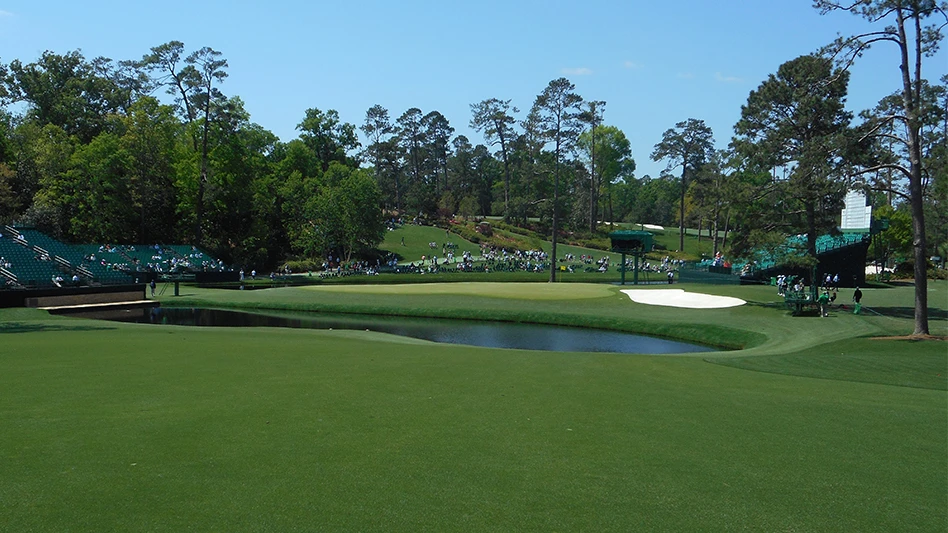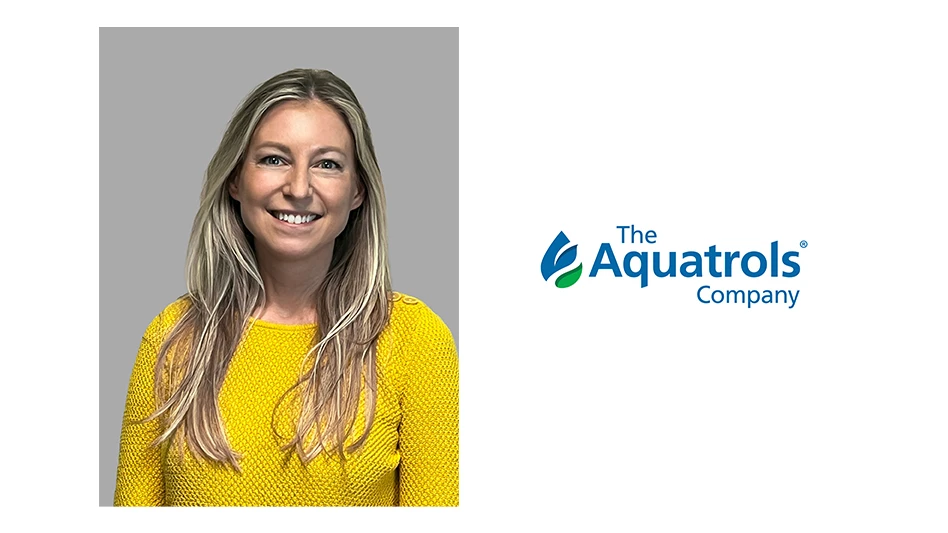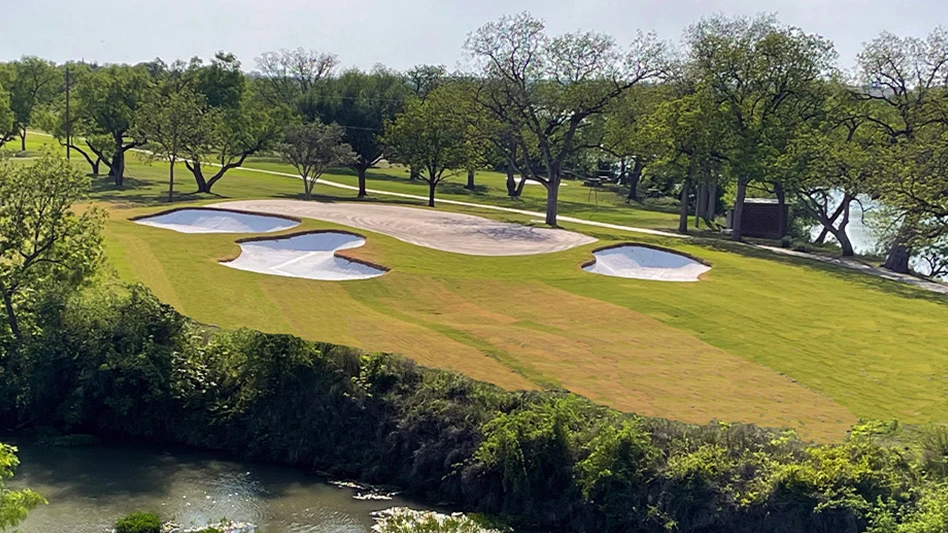
Adobe Stock
Trees are a key element in the infrastructure of many golf courses. But it’s possible to have too much of a good thing. That was a key element of the message that architect Stephen Kay brought with him to the recent New Jersey Turf Expo in Atlantic City, where he spoke on the importance of doing regular maintenance on golf-course infrastructure.
A graduate of Syracuse (landscape architecture) with a degree in turf management from Michigan State, Kay is based in Galloway Township, New Jersey, just outside Atlantic City.
He has been in practice since 1983 and a member of the ASGCA since 1995. Among his design credits are Manhattan Woods in West Nyack, New York, a joint effort with Gary Player, and the Architects Golf Club in Phillipsburg, New Jersey, a collaboration with Ron Whitten that celebrates the history of golf course architecture.
Kay is most renowned as a renovation/restoration expert. His credits in that realm include Llanerch Country Club just outside Philadelphia, an Alex Findlay design and the site of the 1958 PGA championship, the first conducted with medal play. During the period he was working on Llanerch, Kay told this writer, “When we’re finished, it should look like we were never here.”
Kay has very definite opinions on tree issues. He believes two major events led to the proliferation of trees on American golf courses. One was the debut of the original Shell’s Wonderful World of Golf series in 1962. One episode featured a match filmed at Pine Valley between Byron Nelson and Gene Littler. Television viewers saw golf holes separated by lines of trees at Pine Valley and other filming locations in the series. The second event occurred a few years later when Lady Bird Johnson, the wife of President Lyndon Johnson, launched her Beautify America campaign and urged Americans to plant trees.
Kay says golf clubs took the hint and began planting trees in abundance. “Private country clubs spent their money on trees because bunkers were hazards,” he says. “They weren’t redoing bunkers, they weren’t doing cart paths because carts weren’t popular at that point in the late ’60s early ’70s, so what were non-profit country cubs doing? They can’t share the money because they’re non-profit. They have to put it back into the facility; they were spending it planting trees.”
Unfortunately, it was common for trees to be planted without regard to their impact on the playability of the golf hole – or the health of the surrounding turf. “You had all these people planting trees, thinking I guess they understood architecture,” Kay said. “Somebody thought that was a good idea to plant that tree
Trees planted on golf courses in the ’60s and ‘70s created numerous issues for superintendents decades later. “If you actually went and counted how many trees golf courses planted, I would say the average golf course in the United States planted around 5,000 trees,” he said. “And then they grow, and they create root problems and rip up the cart paths.”
Kay says that excessive tree planting has impacted facilities financially as well. “If I could go back in a time machine and save them the $50 they spent on the tree compared to the $2,500 or $3,000 or even more dollars per tree they spent to take the down, I’d be helping clubs save a lot of money,” he adds.
Kay, who has been an instructor at Rutgers University since 1985, is not opposed to trees, but he warns against the danger of having too many of them. He stresses the importance of adding them only in appropriate locations and removing them when necessary.
“I say cut them down,” he says. “Cut them down unless it’s a safety issue, and you do (need to have) a concern with a safety issue because, God forbid, if something happened how do you defend it? And obviously, you need to defend neighboring properties. That might be a place where you really can’t cut the tree down. (But) I have clients that took down trees and they realize they do have a safety problem and they need to do something. So, where do you plant those trees? You try to plant them on the north side, so you don’t have shade problems Try to never plant them on the east side. And if you are going to plant by a green or a tee because you need them for safety reasons, I’m going to recommend that you plant smaller trees, so you don’t have shade or root problems.”
Kay notes it’s particularly important to see that the turf beneath the trees receive sufficient sunlight during the morning hours. “Turfgrass produces the majority of photosynthesis in the first four to five hours of daylight,” he says. “The first four to five hours of daylight is when 75 percent of photosynthesis happens, so (the turf) needs morning. You get all this shade in the morning and you can’t grow grass. Not healthy grass.”
Rick Woelfel is a Philadelphia-based writer and frequent Golf Course Industry contributor.
Latest from Golf Course Industry
- PBI-Gordon promotes Jeff Marvin
- USGA investing $1 million into Western Pennsylvania public golf
- KemperSports taps new strategy EVP
- Audubon International marks Earth Day in growth mode
- Editor’s notebook: Do your part
- Greens with Envy 66: A Southern spring road trip
- GCSAA’s Rounds 4 Research auction begins
- Quali-Pro hires new technical services manager





